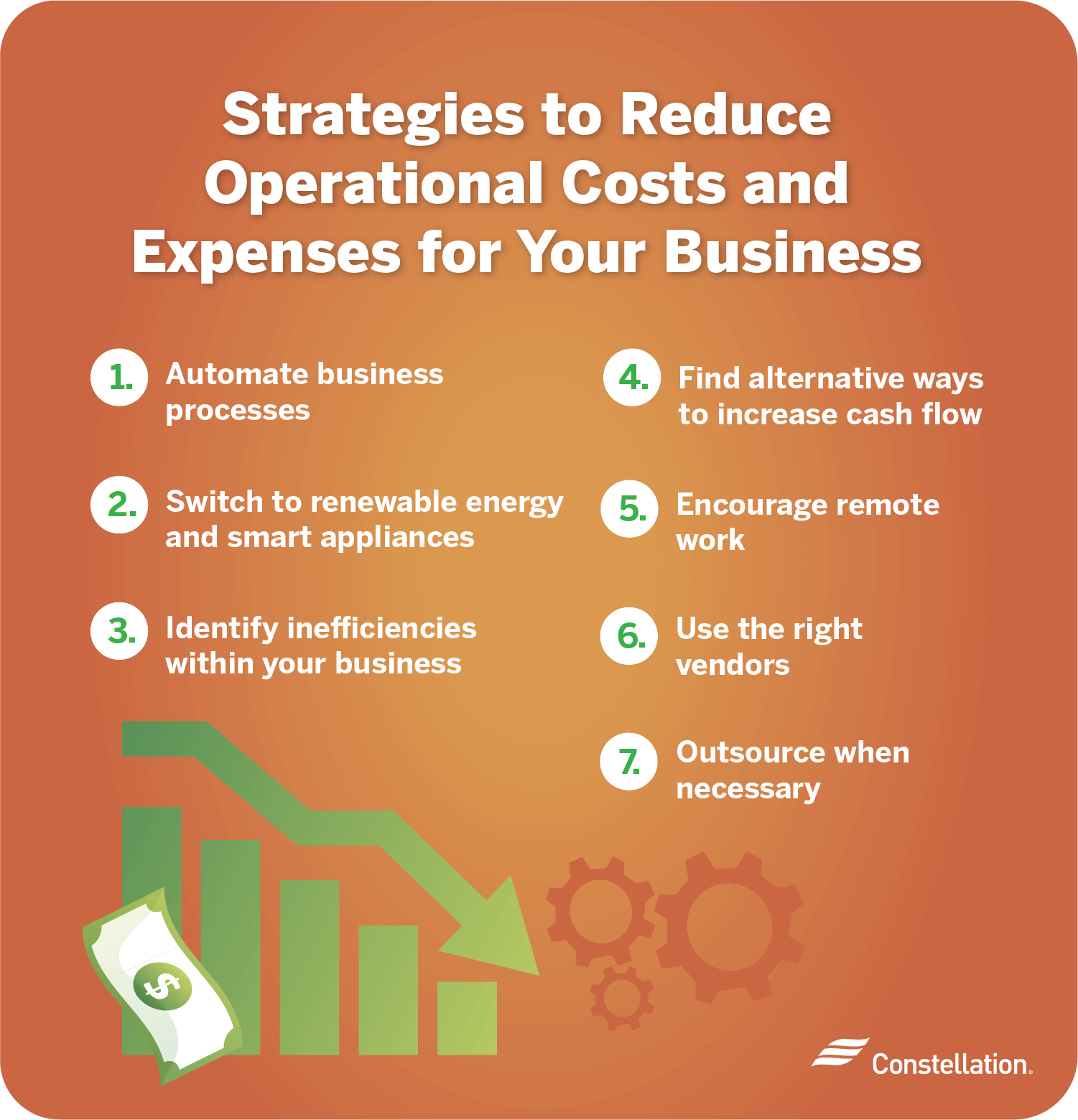
In the competitive world of business, every dollar saved is a dollar earned. Imagine your business as a ship sailing through turbulent waters. To stay afloat and reach your destination—profitability—you need to ensure your vessel is lean, efficient, and free of excess weight. This is where the art of reducing business operating costs comes into play. Let's dive into the strategies that can help you trim the fat, maximize operational efficiency, and ultimately, boost your bottom line.
Understanding Business Operating Costs
Before we delve into the specifics of cost reduction, it's crucial to understand what business operating costs entail. These are the expenses incurred in the day-to-day running of your business, such as rent, utilities, salaries, and marketing. By identifying and managing these costs, you can pave the way for significant cost savings and profit maximization.
Strategies to Reduce Business Operating Costs
1. Streamline Your Supply Chain
One of the most effective ways to reduce operating costs is by optimizing your supply chain. This involves negotiating better terms with suppliers, reducing inventory levels, and improving logistics. By streamlining your supply chain, you can eliminate inefficiencies and reduce expenses significantly.
2. Embrace Technology
Technology can be a game-changer in reducing business operating costs. Automation, for instance, can help you cut down on labor costs by handling repetitive tasks. Cloud-based solutions can reduce the need for physical storage and maintenance. Investing in the right technology can lead to substantial cost savings and improved operational efficiency.
3. Optimize Your Workforce
Your workforce is one of your most significant expenses, but it's also your most valuable asset. Optimizing your workforce doesn't mean cutting jobs; it means ensuring that every employee is utilized effectively. This could involve cross-training employees to handle multiple tasks, implementing flexible work arrangements, or even outsourcing non-core functions.
4. Review and Renegotiate Contracts
Regularly reviewing your contracts with suppliers, service providers, and even landlords can uncover opportunities for cost savings. Don't be afraid to renegotiate terms or shop around for better deals. A little effort in this area can yield significant expense reductions.
5. Implement Energy-Efficient Practices
Energy costs can add up quickly, but there are numerous ways to reduce them. Simple measures like switching to energy-efficient lighting, using programmable thermostats, and encouraging employees to turn off equipment when not in use can lead to substantial savings.
6. Leverage Remote Work
The rise of remote work has shown that many businesses can operate effectively without a physical office. By allowing employees to work from home, you can reduce overhead costs such as rent, utilities, and office supplies. Plus, remote work can improve employee satisfaction and productivity.
7. Analyze and Adjust Your Marketing Strategy
Marketing is essential for business growth, but it can also be a significant expense. Analyze your marketing efforts to identify what's working and what's not. Focus on cost-effective strategies like digital marketing, social media, and content creation. By optimizing your marketing strategy, you can reduce costs without sacrificing effectiveness.
The Role of Business Budgeting in Cost Reduction
Business budgeting is a critical component of cost reduction. A well-structured budget helps you track expenses, identify areas for cost savings, and make informed decisions. Regularly reviewing and adjusting your budget can ensure that you stay on track with your financial goals.
Case Studies: Successful Cost Reduction Strategies
Case Study 1: 

A manufacturing company implemented a comprehensive energy-efficiency program, including upgrading equipment and training employees on energy-saving practices. The result? A 20% reduction in energy costs within the first year.
Case Study 2: 

A retail chain optimized its supply chain by consolidating suppliers and improving inventory management. This led to a 15% reduction in operating costs and improved customer satisfaction due to faster delivery times.
Conclusion
Reducing business operating costs is not just about cutting expenses; it's about creating a leaner, more efficient organization. By streamlining your supply chain, embracing technology, optimizing your workforce, and implementing energy-efficient practices, you can achieve significant cost savings and maximize profitability.
Remember, every dollar saved is a dollar that can be reinvested in growth, innovation, and employee development. So, are you ready to set sail on a journey towards operational efficiency and financial success? The waters may be turbulent, but with the right strategies, you can navigate them with confidence.
FAQs
1. What are the most common business operating costs?
The most common business operating costs include rent, utilities, salaries, marketing, insurance, and taxes. Identifying and managing these costs is crucial for effective expense reduction.
2. How can technology help reduce business operating costs?
Technology can help reduce business operating costs by automating repetitive tasks, improving efficiency, and reducing the need for physical storage and maintenance. Investing in the right technology can lead to substantial cost savings.
3. What is the role of business budgeting in cost reduction?
Business budgeting helps track expenses, identify areas for cost savings, and make informed decisions. Regularly reviewing and adjusting your budget ensures that you stay on track with your financial goals.
4. How can optimizing the supply chain reduce operating costs?
Optimizing the supply chain involves negotiating better terms with suppliers, reducing inventory levels, and improving logistics. This can eliminate inefficiencies and reduce expenses significantly.
5. What are some energy-efficient practices that can reduce business operating costs?
Energy-efficient practices include switching to energy-efficient lighting, using programmable thermostats, and encouraging employees to turn off equipment when not in use. These simple measures can lead to substantial savings.
By implementing these strategies, you can transform your business into a lean, efficient operation that not only survives but thrives in the competitive marketplace.
Posting Komentar